Gloomwood early access released on September 5, 2022, to much anticipation and tons of hype. Many were praising it long before it released. It is a first person stealth FPS game with survival horror elements, with 1998-2000 graphics quality similar to other games from New Blood Interactive. This alone, rather than any actual game design elements, is the cause for much of the praise – nostalgia is very powerful and clouds clear, objective thinking. When you look past the nostalgia, how does the early access build actually measure up?
The early access build only includes three levels, so it is basically an extended demo. Many players (thankfully not New Blood Interactive themselves) have long ago taken to calling the game, “Thief with guns” because its graphics look most like Thief’s, but this is an oxymoron since Thief with guns would no longer be Thief as it would play totally differently.
In truth, Gloomwood is somewhere between Thief and Dishonored. Stealth is the main gameplay element; you don’t want to go around trying to openly slaughter everyone like you can do in Dishonored. While the player character is far more proficient in combat than Thief’s Garrett (a game in which combat is highly discouraged by the game design itself), you are no superhero like you are in Dishonored. You can take on one foe head-on easily enough, more than that is more trouble than it’s worth. This is more like survival horror game combat, something the game accurately bills itself as.
Gameplay
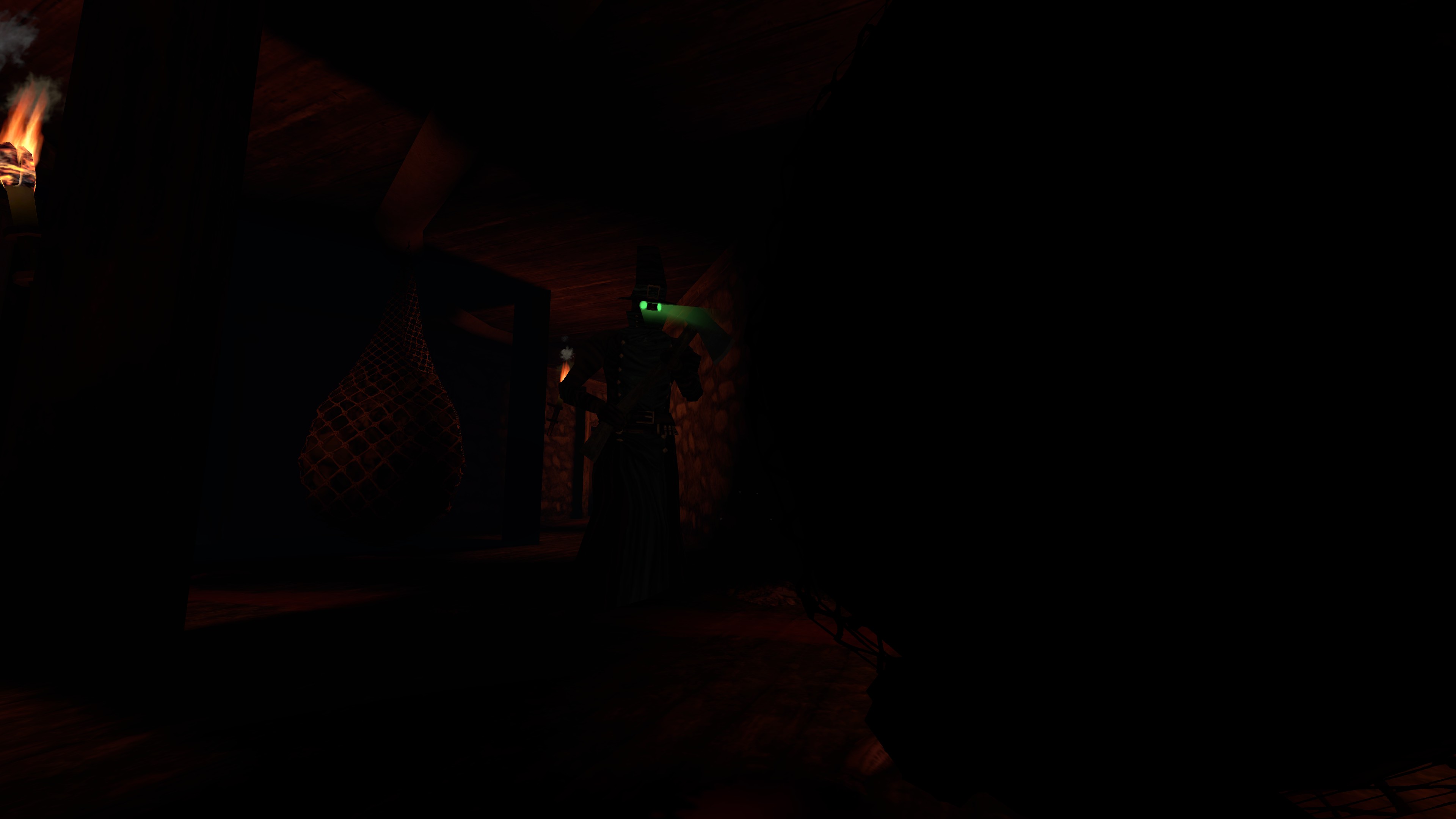
Gloomwood is not architected anything like Thief. Thief (the first two in particular) largely isolates each mission. You purchase equipment for a mission beforehand, because after most missions Garrett effectively returns to base before waiting for the next assignment. Gloomwood doesn’t have that mission-based design; levels so far are direct continuations of the previous. Stop saying it’s Thief with guns, it isn’t. The main weapon in Thief is a tool more than it is a weapon, which is not the case in Gloomwood.
With that out of the way, you start Gloomwood in a prison cell and are freed by a mysterious figure. Once freed, you are thrust into the opening level of the game which is also initially designed as a tutorial, because unlike Thief there is no separate tutorial. The downside to this is that valuable campaign time is spent serving as a simplified, spoon-fed tutorial which is common in games (Dishonored did it too), but I prefer Thief’s approach of not dumbing down the campaign at all for tutorial purposes. Not that this is a real complaint, just a minor difference I have with the game.
Aside from the general graphics quality, there are other clear inspirations taken from Thief. Mantling objects is similar to how it is in the Thief games, as are the animations/sounds/mechanics of carrying and throwing bodies and objects, water and swimming through it, the importance of ground surface material on footstep noise, and manipulating doors which is an important mechanic in both games. Hit the “use” key on a door to open or close it, hit it again to do the other, hold the key to open/close it slowly, let go and hold it again to open/close it slowly (the inverse of the previous key press).
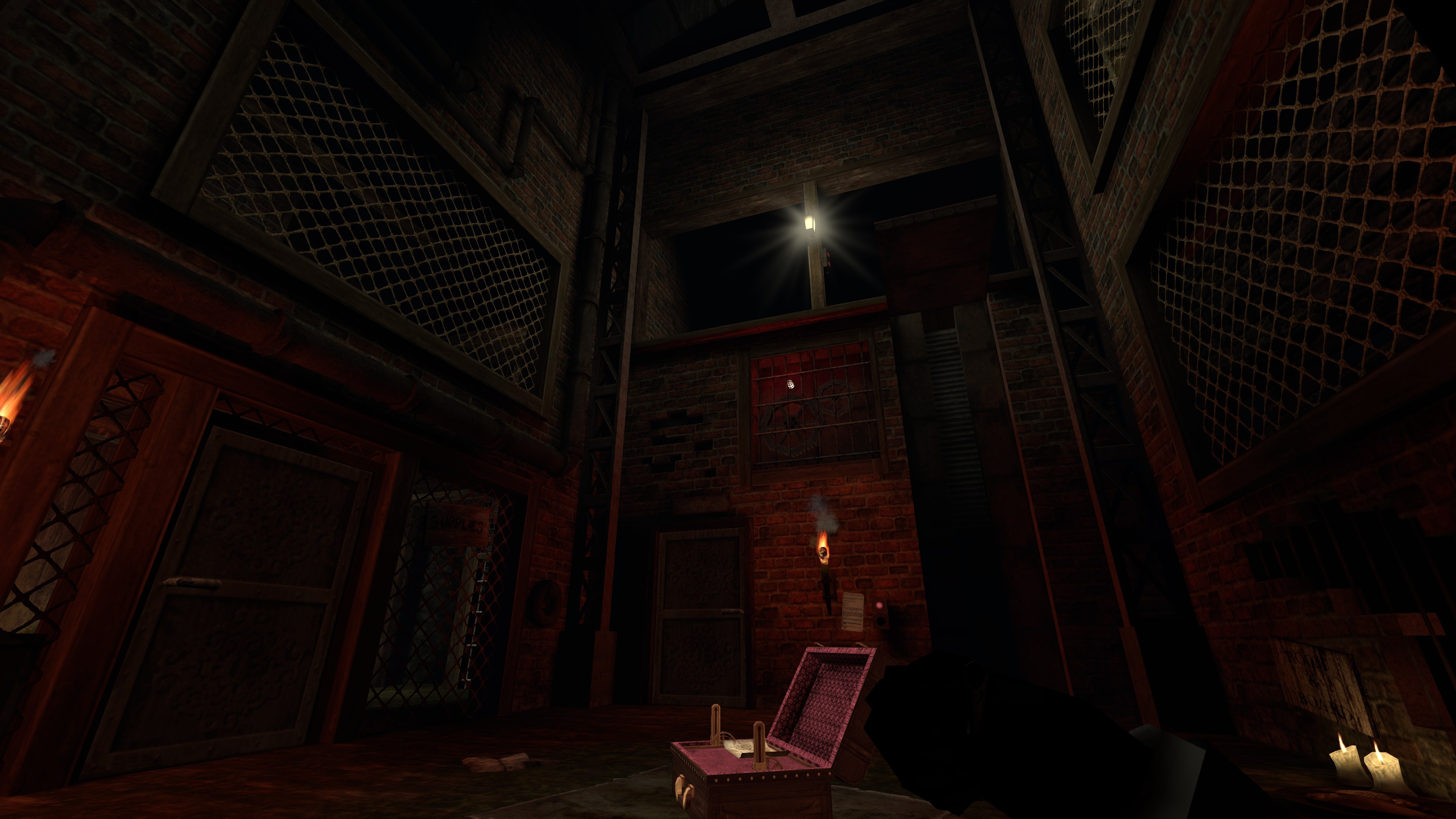
Herein lies a problem: it is nice to see the return of ground surface material impacting footstep noise like in Thief, but Gloomwood lacks gameplay evolution we have seen after Thief. Most notably door manipulation, which is far more granular, fluid, and capable in Tom Clancy’s Rainbow Six 3 and in Penumbra. You also cannot hide under objects in this game, like you can in Dishonored and other more recent stealth games. Although one improvement with doors is that they are destructible, taking after Deus Ex in that regard.
Since gameplay evolution wasn’t on the table, of course AI evolution also was not. Gloomwood actually has some of the most forgiving stealth game AI I have ever seen, much more so than the Thief games which are already too forgiving. Far too many enemies are perpetually staring at walls, making those encounters far too easy and absolutely useless. No attempt was made to move away from entirely static AI patrols, so once you establish an enemy’s patrol pattern you can plan around it since it will never change. So the AI in Gloomwood is worse than not only Thief’s but also all of the Dishonored games’.

AI vision and reaction times are also extremely forgiving on the hardest difficulty mode offered in this early access demo (the actual hardest isn’t available yet). AI does not react to alterations in the environment, besides finding corpses of their fallen allies. You can actually lift up a barrel, carry it around and hide behind it, effectively delaying how long it takes an enemy to detect you. But at least this game doesn’t make all enemies know your exact location once a single enemy spots you.
But look at how this enemy in the screenshot below still couldn’t definitively see me – his vision cone went to yellow meaning he suspects something – note how Gloomwood really holds your hand when it comes to enemies detecting you – and then he dismissed his suspicion and went back to standing around. Difficulty modes really need to affect AI in games, but this is almost never done and I doubt a game with as much technology regression as Gloomwood will do it. I would love to be proven wrong here though.
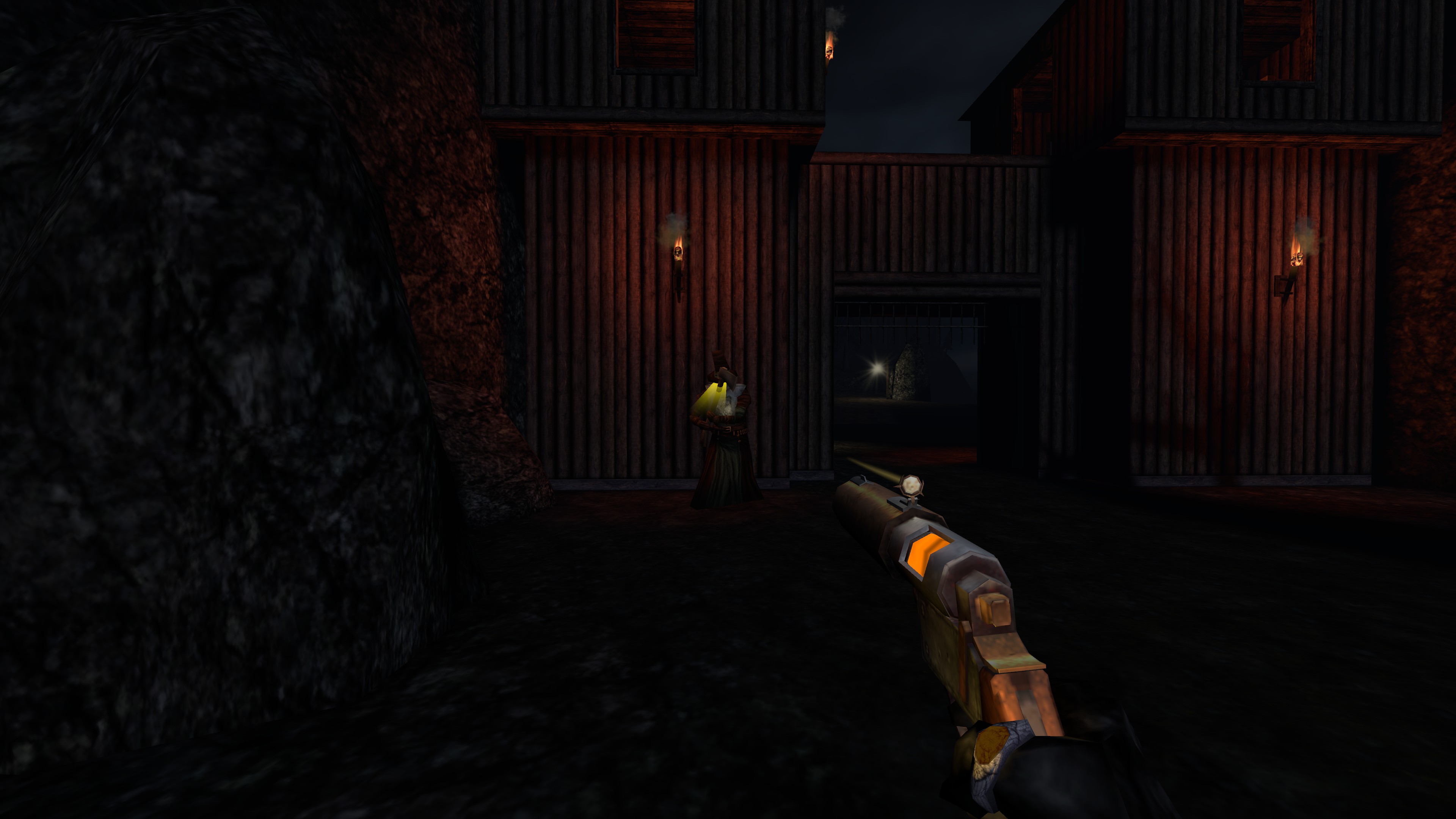
Speaking of AI and enemies, so far there are two main types of enemies – the above pictured humanoid (whose anatomy is different enough that their weapons can’t be used by you) and a dog-like enemy. The humanoids look particularly cartoony, a design I personally am not fond of. Some humanoids wield axes, others rifles, and others just a torch. You can outrun enemies which is a bit surprising for a game billing itself as survival horror. Enemies are also extremely exploitable in melee combat.
Stealth killing is clearly the way to go in this game, although if you want to fight a single enemy head-on, feel free as long as no one in the vicinity will hear. Stealth killing is very easy because of how forgiving enemy reactions are, so you can run up behind them and still get the jump on them, then instantly kill them with a stab. Melee combat is simple and traditional in Gloomwood – block with RMB, attack with LMB, power attack (stab) by holding LMB. Thief actually had more ambitious melee mechanics, almost like a primitive clunky version of Mount and Blade’s. But for a stealth and survival horror focused game, this is just fine. No issues with hitboxes exist that I can find.

It wouldn’t be a classic style survival horror game without inventory management. The inventory is in the form of a briefcase. You can only deploy the inventory in an area that has the space for it, which is a nice touch. You can rotate items in your inventory thankfully. Item interaction and examination is also present.
In terms of progression, this can’t be judged in an incomplete game but so far gameplay progression seems to revolve around finding better weapons as the game progresses. No RPG systems, no tools of any kind yet. The undertaker pistol’s description implies it might eventually have different ammo types. Ammo and health resources are low but not brutally low, still contributing to the survival horror design. It doesn’t seem like there will be a weapon upgrade system.
As for the weapons themselves, you start with a cane sword and soon after find a single action revolver, then the aforementioned undertaker pistol pictured below, and a shotgun. But you have to manage them and everything else in your inventory.
I am concerned about repetition. Stealth killing these dumb repetitive enemies and occasionally distracting them by throwing a bottle or tin can will get old very, very quickly. Hopefully the game will be able to deviate here through unique level design, more enemy diversity, perhaps other gameplay elements not yet seen. Time will tell.
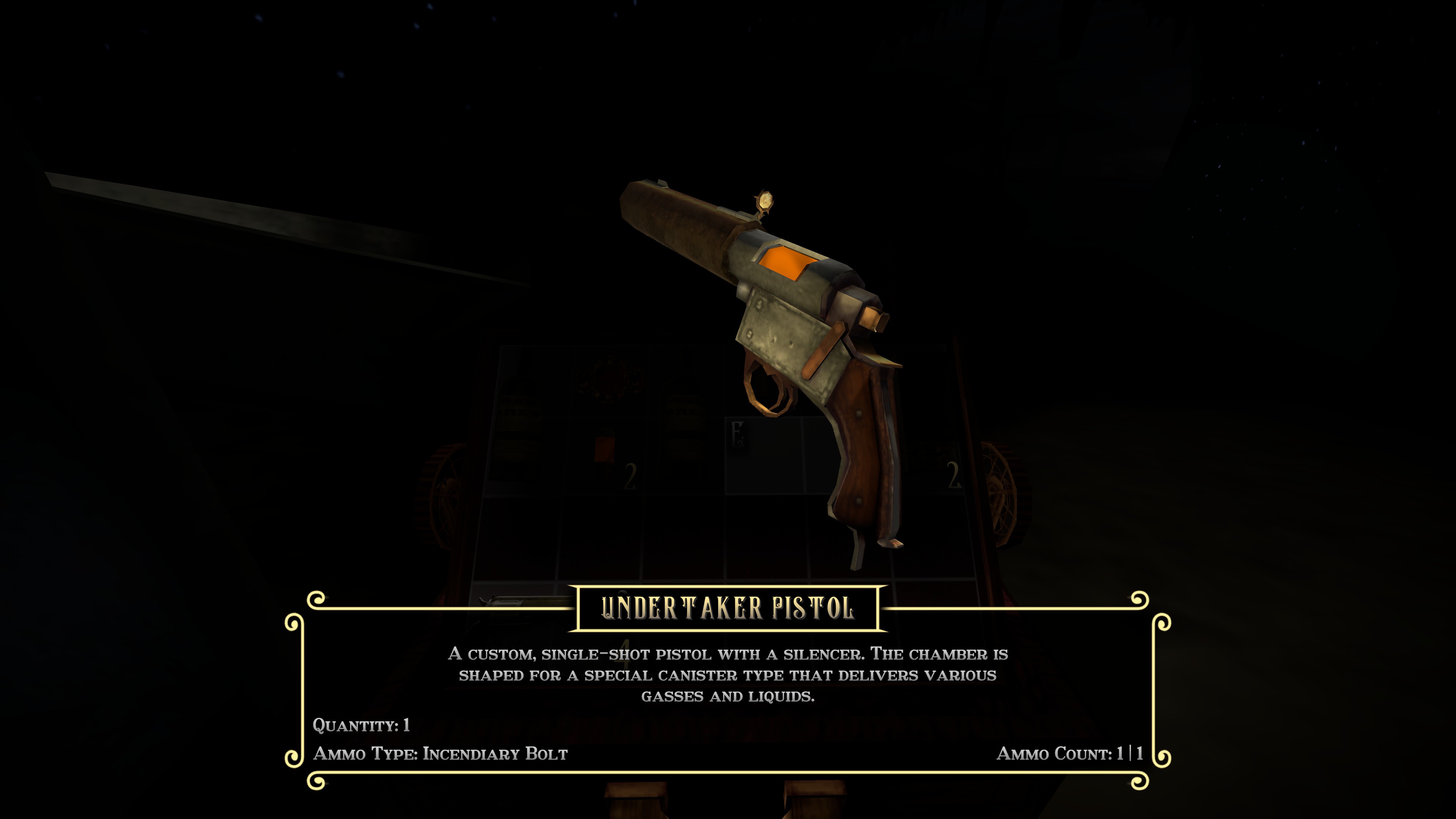
One classic game design principle that Gloomwood restores is limited saving. You can only save at record players, but you can save at them an unlimited number of times (at least in the existing difficulty modes) and they are not terribly far apart.
Gloomwood is a physics enabled game like the classics it takes after, so many objects can be picked up and thrown. This enables the use of distractions, a powerful tactic. However, many objects like chairs and tables are not physics enabled. I also noticed that you can’t kill or otherwise interact with rats. There’s also some clunkiness from how its “use” key works: it is easy to accidentally pick up a body without first looting it, and occasionally this happens for objects as well. Some additional refinement is needed here.

In addition to breakable doors, light sources can also be broken which is a must for any stealth game. Another nice touch is that barrels actually float in water, and yes you can swim and dive in this game. These are the sorts of things that resulted in me finding this game to be refreshing – no overly static, scripted game experience here!
But the lack of gameplay and AI evolution (the latter being the biggest offender of the two) contribute to it being disappointing for me, but those aren’t the only factors that did this.
Level Design
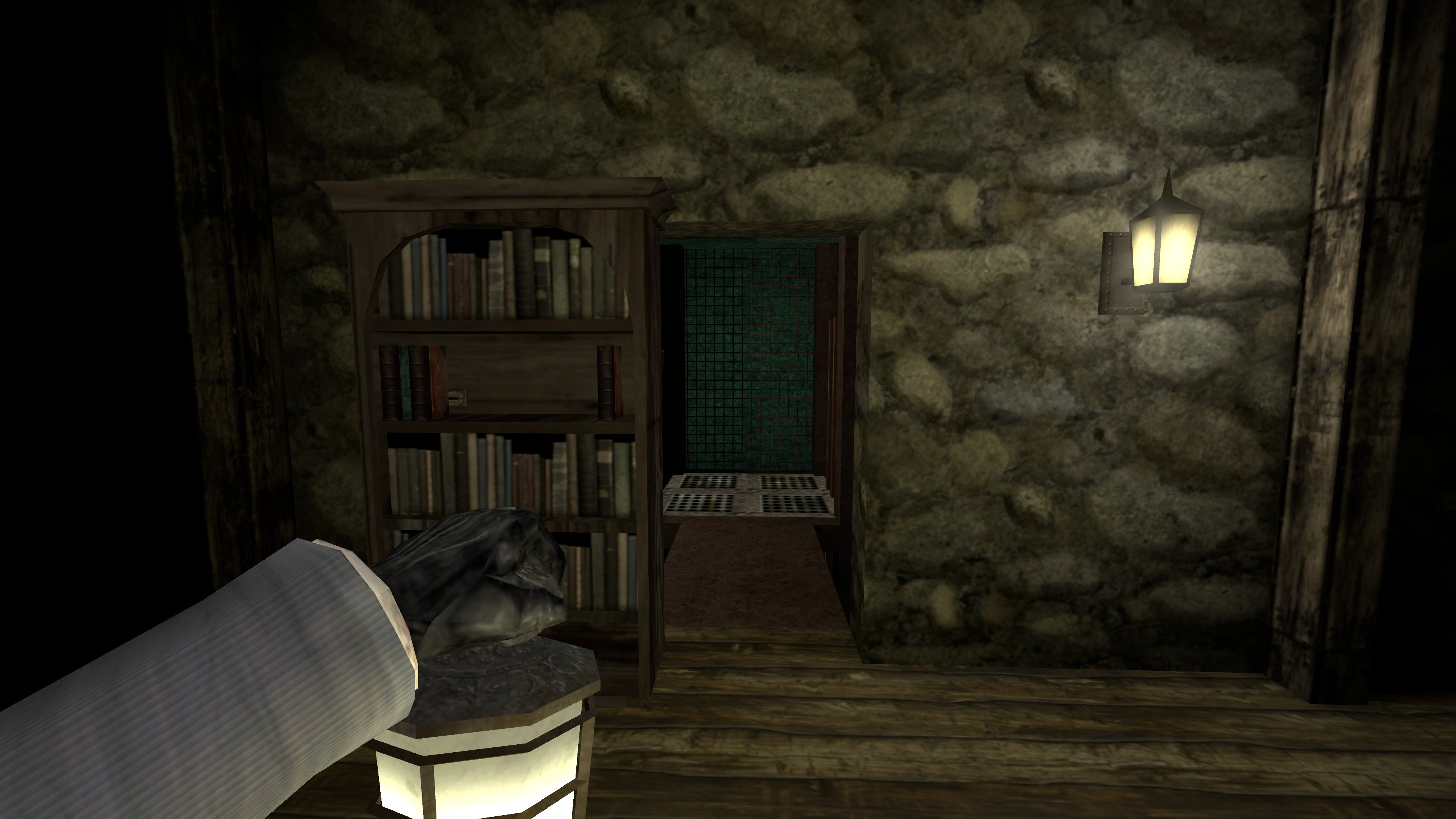
Since this game takes from Thief, I always wondered how the level design would compare, since Thief 1-2 are all time greats in this category. Gloomwood isn’t structured around isolated missions like Thief is, and this affects the level design somewhat as well.
Gloomwood certainly wastes less space than Dishonored while still maintaining vertical gameplay, which thus far is overpowered as it almost always is in gaming. In general though, Gloomwood uses its space well. Thankfully it does have numerous secrets on each level, something a game like this desperately needs. More secrets and more cleverness to them than the Dishonored series, but fewer secrets and ambition than Thief levels especially on their expert difficulty modes. No secrets are as rewarding as in Thief 1-2. I would love to see the return of Thief 1-2 level design depth and complexity, but long ago I accepted that we never will. Gloomwood is a much simpler game.
But Gloomwood makes a fine showing in level design from a gameplay/functionality point of view. It is also clearly incomplete, since it’s easy to just run out of bounds.

While Gloomwood progresses linearly (as do the Thief games), the levels provide plenty of opportunities for lateral and vertical movement. They also have obstacles that can eventually be overcome to create shortcuts for easier optional backtracking. The player’s ability to traverse the levels far surpasses that of the enemy AI of course, as enemies sadly cannot climb ladders let alone mantle objects.
We only see three levels in the early access demo which are all connected, so we cannot fully gauge how much the level design varies. So far, we have seen small industrial areas, lone houses in the middle of nowhere, various caves, a mine. The demo ends with a visual teaser of a medieval looking urban area. And yes, darkness is everywhere in this game.
Audio and Visuals
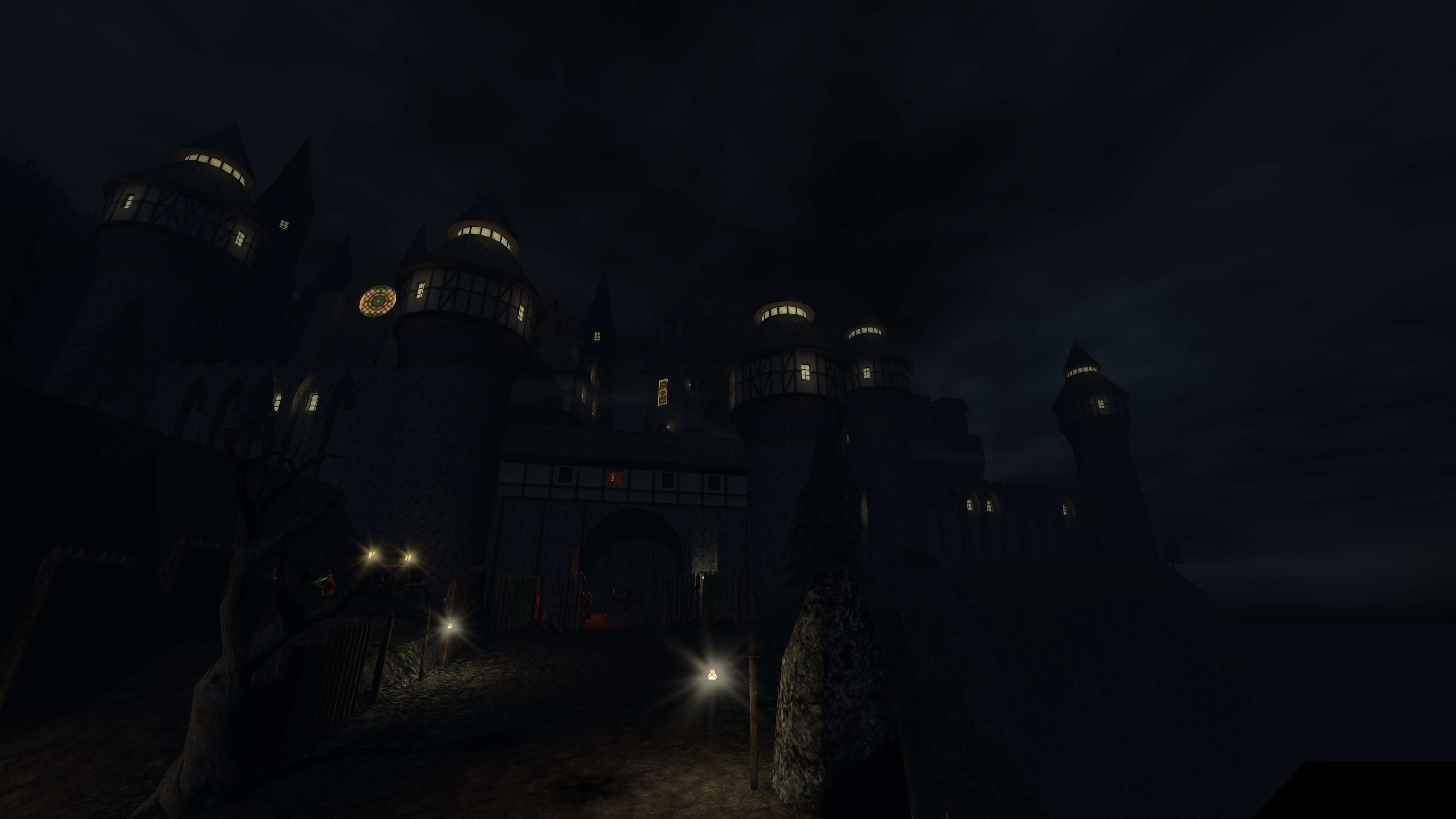
As you can see and as mentioned earlier, Gloomwood’s graphics quality is entirely 1998-2000 era. This is a recent trend in indie gaming and something definitive of New Blood Interactive. I dislike it as I dislike any regression, but there is a niche demand for it. The problem is, this trend indicates a failure to distinguish between visual art design and technical graphics – they affect one another of course, but Thief’s technical graphics limitations aren’t what made its art design brilliant. Back in 1998, Thief fans wanted to see its brilliant art design remade with futuristic superior graphics technology, like what we have today. Right now, the closest we get to that is still The Dark Mod. Not that Gloomwood art design is identical, mind you. We can also observe the effect these old graphics have on gamers – many people immediately buy and praise such games purely because they trigger nostalgic feelings, ignoring anything qualitative.
One big missed opportunity for Gloomwood is that with these 1998-2000 graphics, New Blood could have implemented a serious ray tracing implementation which has immense benefits for stealth and horror games. Even software global illumination helps tremendously with stealth gameplay and immersion, as I recently experienced in Kingdom Come: Deliverance. Gloomwood already emphasizes dynamic lighting, and ray traced global illumination is the ultimate version of that, helping distinguish details in darkness, moving shadows, anything obscuring light.
No, ray tracing doesn’t automatically mean you can’t run the game. The point I’m making here is, with the performance offered by these 1990s era graphics, a good ray tracing implementation could possibly be easy to run even on the hardware used by much of their target audience, not requiring the latest and greatest graphics cards.
No, this wouldn’t require Vulkan or DirectX 12, which while appealing for their potential performance benefits, are a bigger hassle for game developers to work with (this is a Unity engine game anyway and the engine has Vulkan support). Look at Teardown, an OpenGL based ray traced game. Ray traced global illumination and possibly more (indirect lighting, shadows, reflections) are most beneficial for stealth, horror, and multiplayer action games, for gameplay reasons in addition to atmospheric reasons.
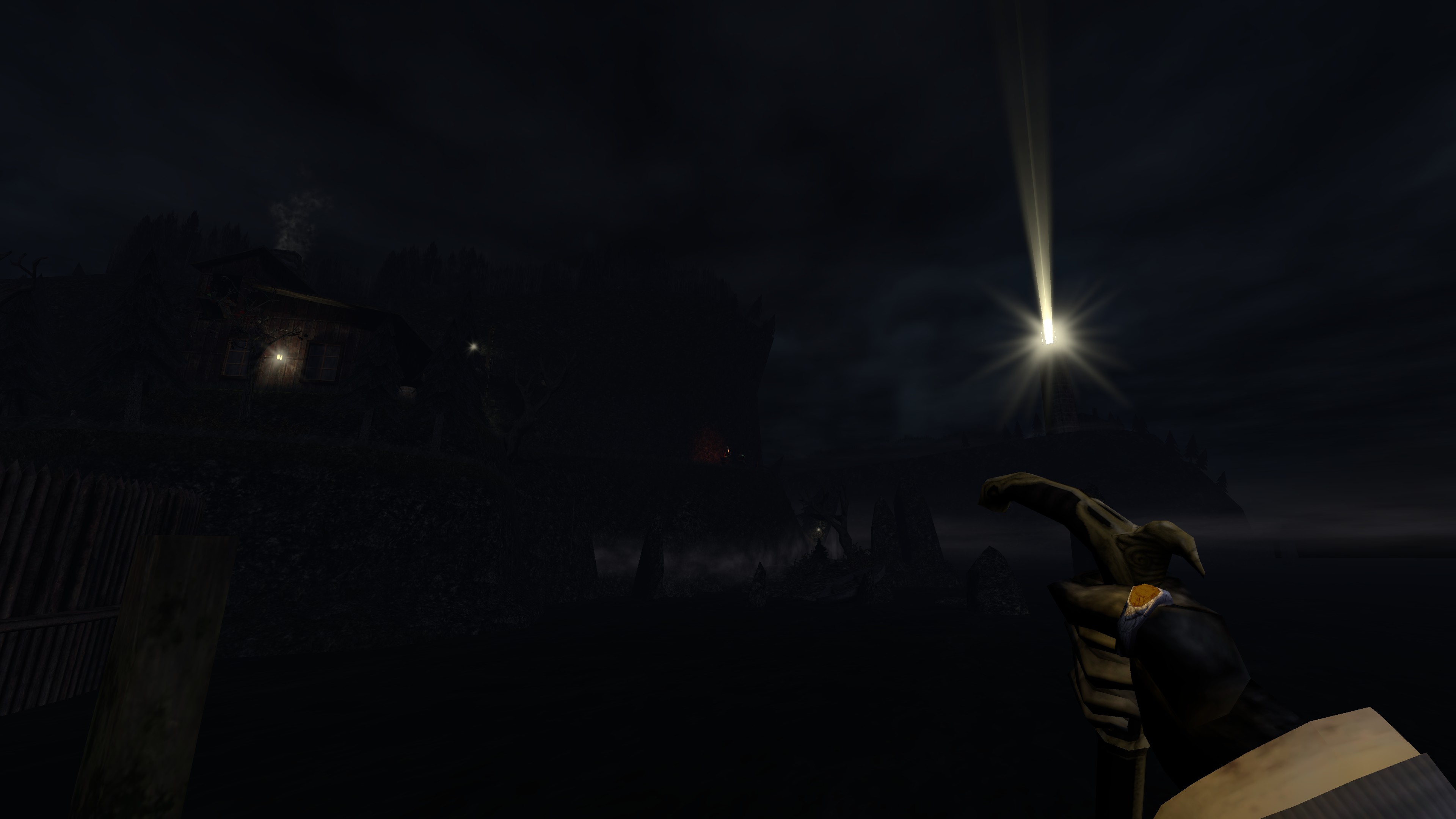
Without ray tracing, we suffer obsolete technical graphics with no benefit. Thief 1-2 are among my all time favorite games, but I never wanted to see their technical graphics limitations again. I want to see their art design (or something somewhat similar in Gloomwood’s case) come to life with modern superior tech.
There’s also an obvious pattern with these retro games – with such technology regression, we also do not get any game design evolution or advancement (and often times regression there as well). Hence why I wasn’t surprised that Gloomwood also has some of the most gimped stealth game AI I’ve ever seen, and why I wasn’t surprised that it was lacking some of the aforementioned gameplay advancements we’ve seen in some other games released after Thief. Nostalgia was the goal, not innovation or raising the bar that sorely needs to be raised since it hasn’t been raised overall since 1998.
But I digress. Things are better in the audio department for Gloomwood than the visual. Sound design is underappreciated by most gamers and reviewers, and this was another area Thief 1-2 remain largely untouched in, with regards to environmental occlusion (trying to listen through doors and doors blocking sound), reverb, and 3D spatialization when using EAX. Gloomwood delivers similarly in those respects which is a joy to the ear, especially on my 5 channel surround setup. There’s a new feature in which if you lean against a door, you can hear more clearly what’s behind it – almost as if the door isn’t there at all so too unrealistic, exaggerated, and easy for my taste. Where its sound design falters is with voice mixing – some characters are much louder than others, so depending on who is talking, you may have to adjust your volume.
Soundtrack plays a small part in Gloomwood. Ambient sounds and sound effects are the main audio focus. Voice acting is also a less important element here; every character is voiced, but it is not a dialogue driven game. Enemy voices are extremely bassy so as to not sound completely human, the dog-type enemy doesn’t sound too out of the ordinary.
| 64-bit | Yes |
|---|---|
| Linux Support | No |
| Graphics API | DirectX 11 |
| Frame Rate | Unlocked |
| High Resolution Support | Yes |
| Ultrawide Support | Yes |
| High Refresh Rate Support | Yes |
| Borderless Windowed Support | Yes |
| VR | No |
| Display HDR | No |
| Ray Tracing | No |
| Multicore CPU Support | 4-8 cores |
| Adjustable FOV | Yes |
| Anisotropic Filtering | 16x |
| Anti-Aliasing | MSAA 2x-8x |
| Upscaling | None |
| Sound API | |
| Sound | Up to 7 channels |
| Dolby Atmos | No |
| UI Scaling | Yes |
| “Analog” Keyboard Support | No |
| Debug Console | Yes |
| Modding | No |
Conclusion
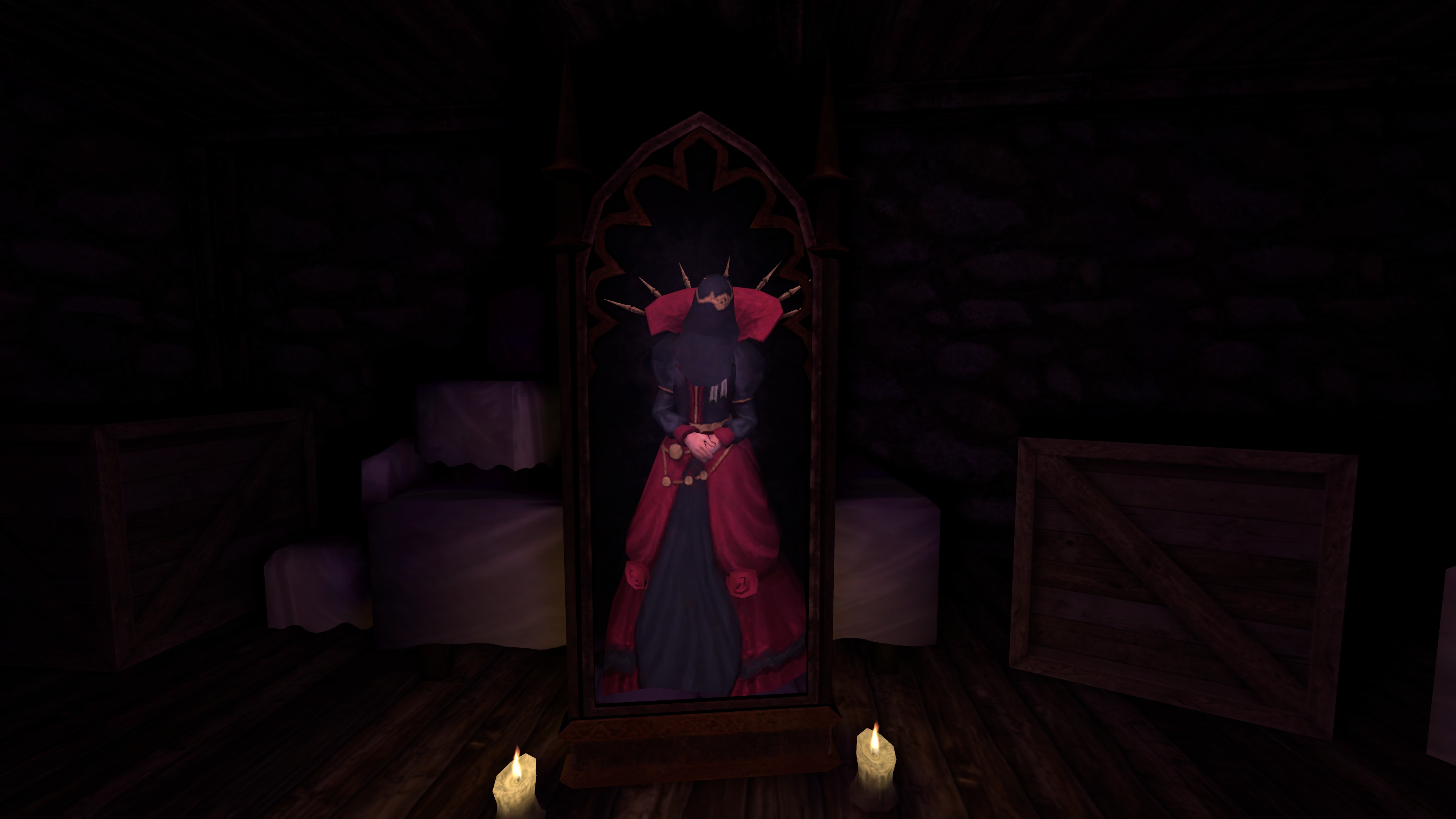
I enjoy Gloomwood’s somewhat physics interactive world (especially the breakable light sources and doors), the return of some gameplay elements I haven’t seen since Thief (ground surfaces affecting noise), most of the sound design. But I am most concerned about repetitive enemy encounters and tactics, the oversimplified AI that is far too forgiving, and I am disappointed by the lack of innovation and attempts to advance anything (not that this is a unique complaint I have for Gloomwood). With the performance offered by these 1990s graphics (higher than most Unity games with modern graphics barring GTFO, but blown away by the best of modern technology), I am let down by the lack of any ray tracing options, since this can hugely benefit stealth games.
Gloomwood is part of an underwhelming modern indie trend, in that it seems every other indie game has 2000s graphics or older, and just copy classics and regress rather than evolve. The classics, in this case the first two Thief games, often offer deeper gameplay, environments, and more, making the modern indie game feel like a hollow copy. This sits next to the remaster and remake era that’s happening in the mainstream gaming industry, which also usually fail to improve anything but at least they don’t regress technology.
Indie games 10 years ago were more often trying to innovate, which also meant using modern technology. This is where the indie creativity reputation came from in gaming. But today, you see more laziness, and more instances of indie game design that can only be called lazy. Gloomwood is one of the better of this type of indie game at least, I’d be more hesitant to call it “lazy” and would more readily call it misguided.
At least the game has a very low price. Personally I can’t recommend games that embrace technological regression, but Gloomwood certainly does have some redeeming qualities. It just isn’t raising any bars, but few games are and I suppose no one should expect that from a game with 1998-2000 graphics in 2022.

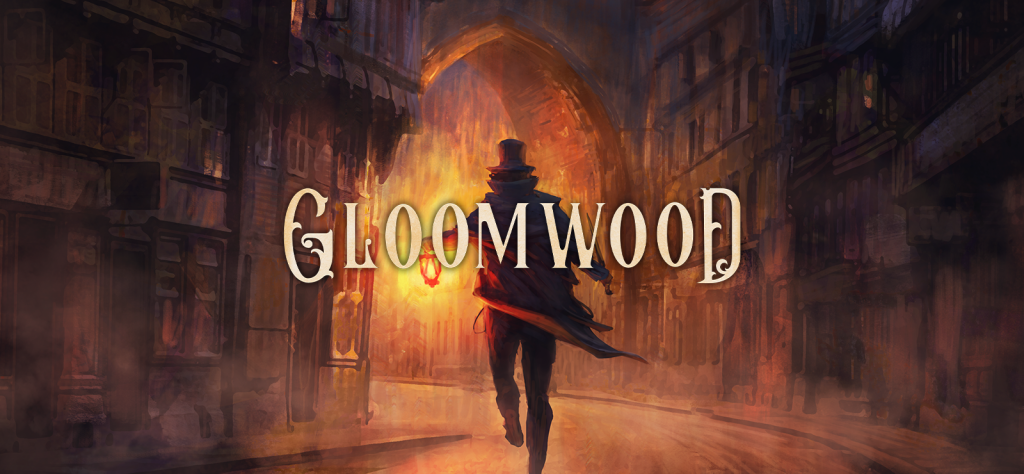


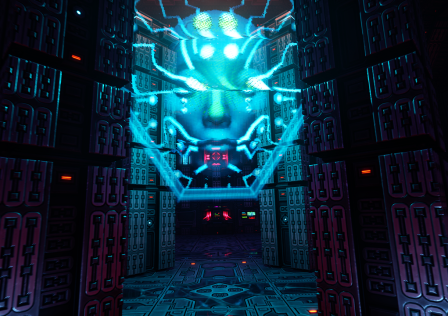

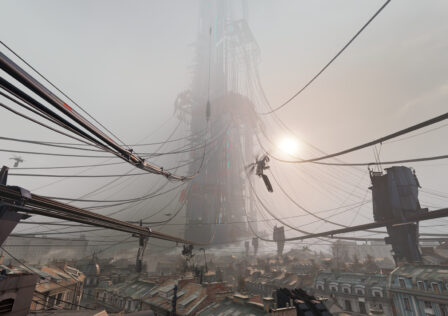
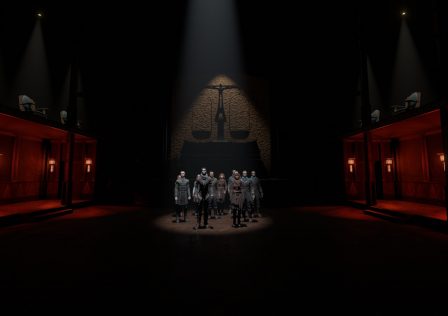
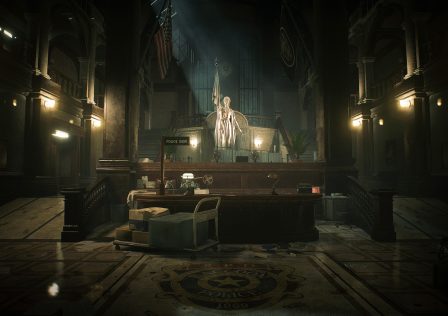
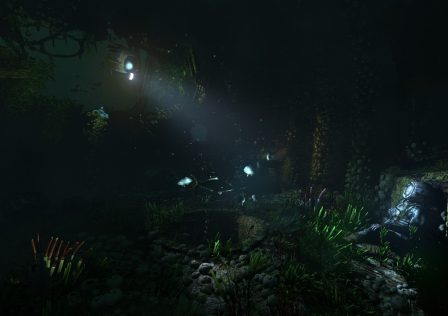
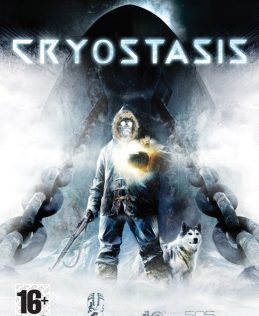
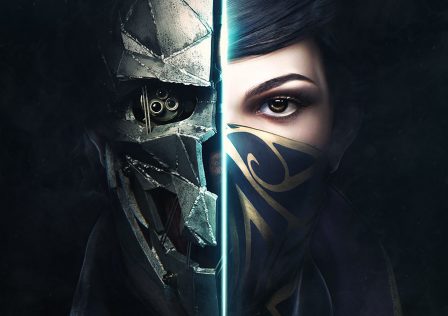

I think your jealous of the games success while your wasting away being a parasite. And the low score of your trash article just shows how much people despise you. Stop posting articles, you are fucking trash.
You’re*
And what success? The game isn’t even out yet. Why would I be jealous, unless I was making a game of my own that was similar but less successful?
The low score comes exclusively from the game’s fans, because this was retweeted by one of the developers. Aside from them, no one has seen it. Your understanding of statistics is lacking.
Why are you unable to argue any of the points discussed in the article? And why are you taking constructive criticism of (presumably) someone else’s game to heart?
I thought it was funny that you said “Many players (thankfully not New Blood Interactive themselves) have long ago taken to calling the game, “Thief with guns” “ when New Blood has actually registered the domain thiefwithguns.com and it resolves to the Gloomwood Steam page.
I appreciate the correction.